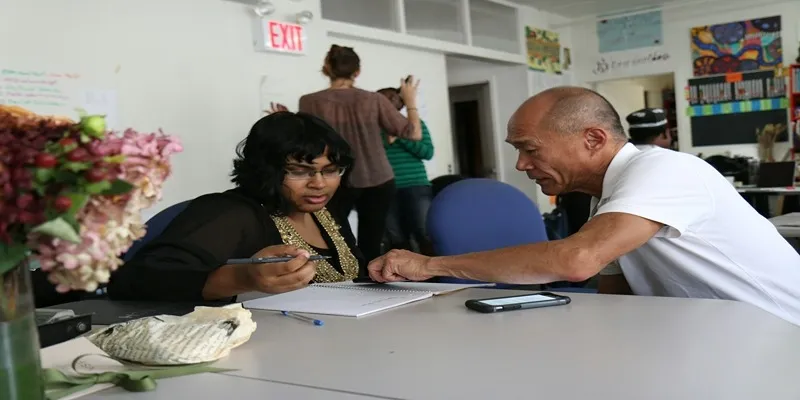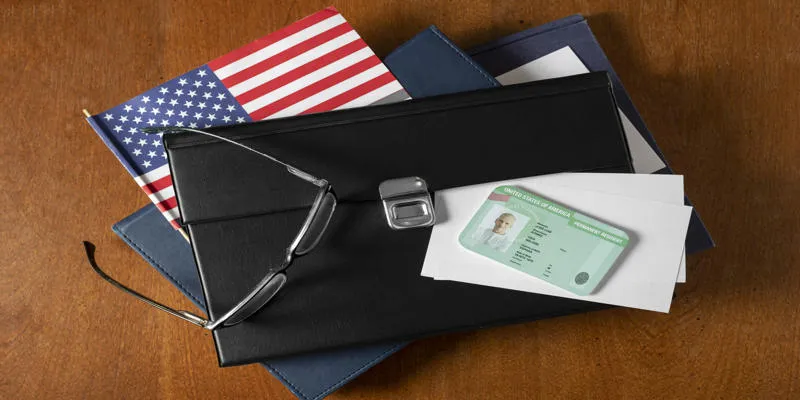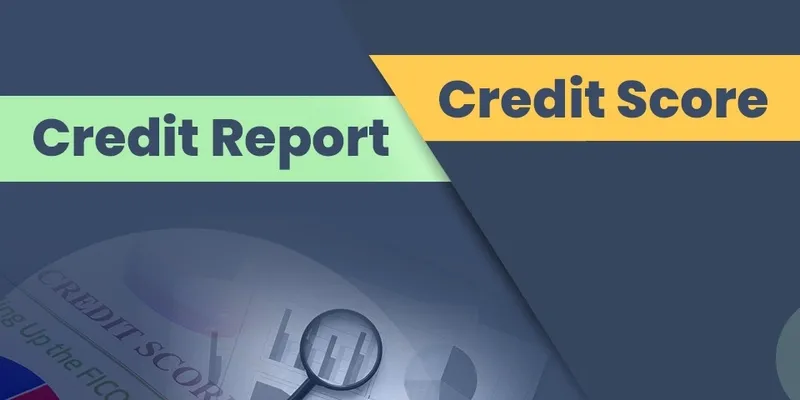How to Afford College Without Any Savings: A Practical Guide
Paying for college can feel overwhelming, especially if you haven’t saved for it. With rising tuition costs and other expenses, many students wonder how they can afford education without savings. The good news is there are still plenty of ways to fund your college journey, even if you’re starting from scratch. By exploring various financial aid options and taking advantage of available resources, you can make your education affordable.

In this article, we’ll walk you through several practical strategies, including scholarships, grants, loans, work-study programs, and part-time jobs. With a little planning, you can find a path to financing your education and making your college goals a reality.
Scholarships and Grants: Free Money You Don’t Have to Repay
One of the best ways to pay for college without money saved is by tapping into scholarships and grants. These forms of financial aid are “free money,” meaning they don’t need to be repaid. While it can be competitive to secure these funds, many students find them to be the most effective way to reduce college expenses.
Scholarships

Scholarships take many forms, with most being merit-based. In some instances, they focus on specific talents, be it sports, artistic prowess, or community work. Further, some scholarships are specifically directed toward groups, such as first-generation college students, minority populations, or those pursuing specific careers.
To increase your chances of getting scholarships, apply for opportunities at the national, state, and school levels. Many universities award their own scholarship programs, which may have different eligibility requirements than external scholarships. Cast a wide net by scouting through organizations, foundations, or companies that sponsor scholarships.
Grants
Unlike scholarships, which are typically merit-based, grants are often need- based. These are usually offered by federal or state governments, as well as some private organizations. The most well-known grant in the U.S. is the Federal Pell Grant, which provides financial assistance to undergraduate students with significant financial need. Many states also offer their own grants, which can significantly reduce tuition costs.
Grants do not require repayment, so they are a great way to secure funds for your education. You can apply for federal grants by filling out the Free Application for Federal Student Aid (FAFSA), which also opens the door to other types of financial aid, including loans and work-study opportunities. Be sure to complete the FAFSA as early as possible to maximize your eligibility for federal and state grants.
Federal and Private Student Loans: Borrowing to Pay for College

If scholarships and grants don’t cover all of your college costs, student loans can help fill the gap. While borrowing money may seem daunting, it’s often necessary to afford a college education in the absence of savings. The key to using loans responsibly is understanding your options and borrowing only what you truly need.
Federal Student Loans
Federal student loans are usually the best choice for financing college. They offer fixed interest rates, flexible repayment plans, and deferment options if you face financial difficulties. There are two main types: Direct Subsidized Loans and Direct Unsubsidized Loans. Direct Subsidized Loans are available to undergraduate students who demonstrate financial need, with the government covering the interest while you’re enrolled in school.
Direct Unsubsidized Loans are open to all students, but interest begins to accrue immediately, making them more costly over time. These loans are easy to apply for through FAFSA and offer protections such as income-driven repayment options.
Private Student Loans
Private loans offered by banks and other institutions should be a last resort. They typically have higher interest rates and less repayment flexibility than federal loans. Additionally, they may require a co-signer. If you must take out a private loan, compare lenders carefully to find the best terms. However, remember that private loans offer fewer borrower protections than federal loans, so you must be prepared for stricter repayment terms.
Work-Study Programs and Part-Time Jobs: Earning While Learning
Another way to pay for college without savings is by earning money through a work-study program or part-time job. This strategy allows you to gain valuable work experience while also reducing your reliance on loans or other forms of financial aid.
Work-Study Programs
Federal Work-Study is a program that offers part-time jobs for undergraduate and graduate students with financial need. These jobs are typically on or near your college campus and can be flexible around your class schedule. The wages from a work-study job can be used to pay for school-related expenses, such as books, supplies, and living costs.
To apply for federal work-study, you must complete the FAFSA and demonstrate financial need. The program is competitive, so not every student who applies will receive an award. However, if you’re eligible, a work-study job can be an excellent way to ease the financial burden of college.
Part-Time Jobs
If you don’t qualify for work-study or need additional income, consider taking a part-time job. Many students work in retail, food service, or tutoring while attending school. Part-time jobs give you the flexibility to earn money while still focusing on your academics.
Although balancing a job with your studies can be challenging, a part-time job can provide extra cash that can be used for tuition, books, or living expenses. Just be sure to prioritize your studies and avoid overcommitting to work hours.
Conclusion
Paying for college without savings is tough, but it’s achievable. By exploring scholarships, grants, loans, work-study programs, and other cost-saving strategies, you can find ways to make your education more affordable. While it may require some effort and planning, there are plenty of financial aid resources available to help reduce your burden. Stay proactive, budget wisely, and make the most of available opportunities. With the right approach, you can manage college costs effectively and achieve your education goals, even without savings. The key is to explore all your options and take action as soon as possible.











